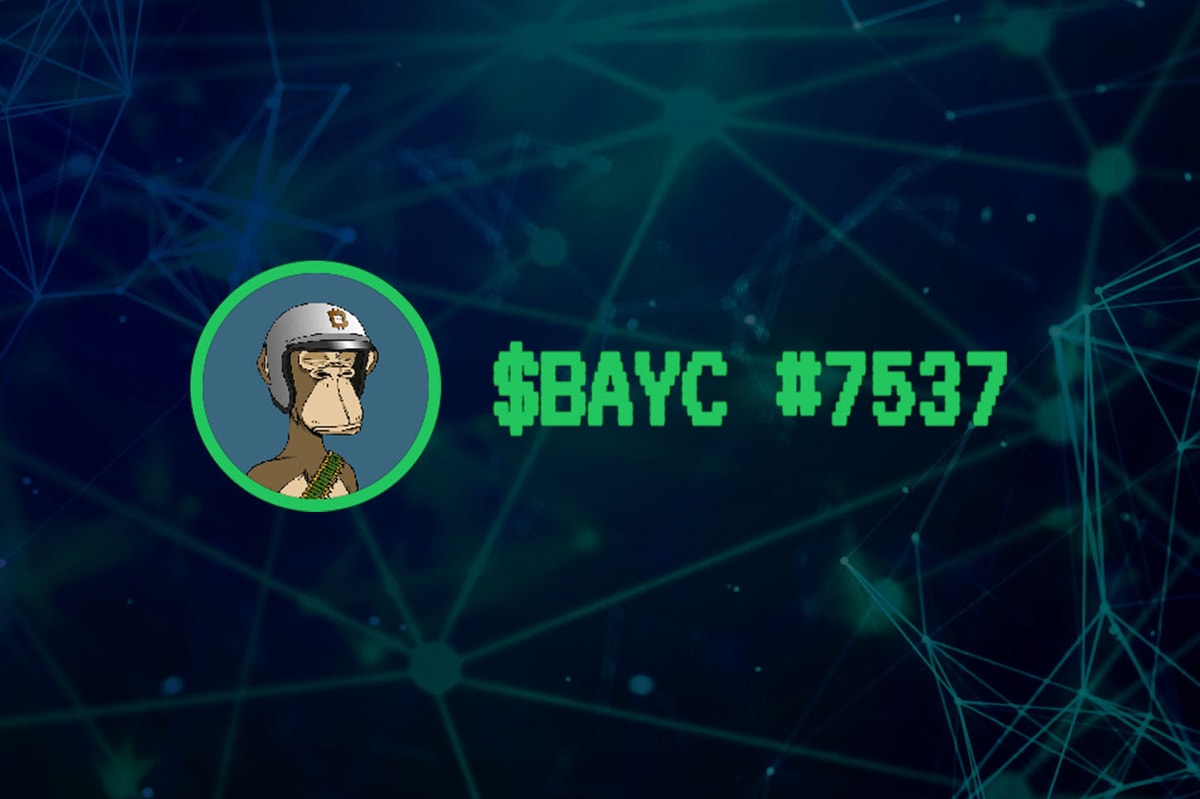Widespread adoption of inscriptions could drive the Bitcoin network’s average block size as high as 4 megabytes (MB) per block, far higher than current averages, according to a Feb. 4 report by Mempool Research.
Bitcoin’s average block size — the amount of data contained in each block posted to the network’s public ledger — is currently slightly above 1.5 MB, according to the report.
Bitcoin’s block size could increase significantly if inscriptions, a method for efficiently encoding arbitrary data inside a block, are more widely adopted, Mempool Research said.
Block size is among the most significant constraints on the Bitcoin network’s scalability. By comparison, rival blockchain Solana can theoretically store up to 128 MB per block, according to the Solana Foundation.
Following the network’s 2021 Taproot upgrade, some Bitcoin blocks have stored as much as 2.4 MB of data, according to the report. Each Bitcoin block could potentially contain as much as 4 MB, it added.
“We project a range of potential growth scenarios for the Bitcoin blockchain, spanning from a return to pre-inscription dynamics (yielding slower growth) to widespread inscription adoption (potentially driving growth as high as 4 MB per block),” the report said.
“Under these scenarios, the blockchain could reach 1 TB as early as late 2026, though mid 2027-2029 seems more likely,” it added.
Bitcoin’s average block size over time. Source: Mempool Research
Related: Bitcoin yield opportunities are booming — Here’s what to watch for
Growing pains
Bitcoin (BTC) originated as a simple peer-to-peer payment protocol, but its 2021 Taproot upgrade enabled the network to support more complex activities, including creating and trading other types of tokens and minting non-fungible tokens (NFTs).
Since then, Bitcoin’s emerging ecosystem of native decentralized exchanges and layer-2 scaling solutions has reinvigorated the oldest blockchain network.
Bitcoin-native decentralized finance (DeFi) is expected to be among the hottest themes in 2025 as institutional Bitcoin adoption accelerates and its DeFi ecosystem matures, several industry executives told Cointelegraph.
However, Bitcoin faces competition from networks touting far more block space, enabling more complex transactions and potentially lower costs for users.
In September, Celestia — a layer-1 network specializing in data availability — unveiled a technical roadmap charting a path to scaling block size to 1 gigabyte.
Magazine: Can you trust crypto exchanges after the collapse of FTX?










